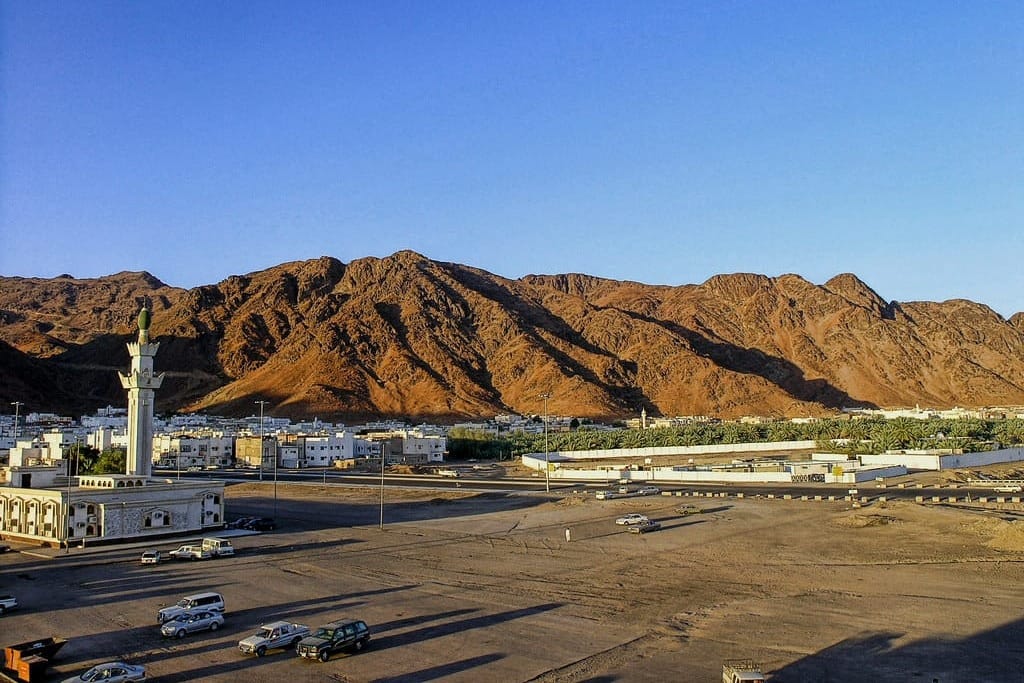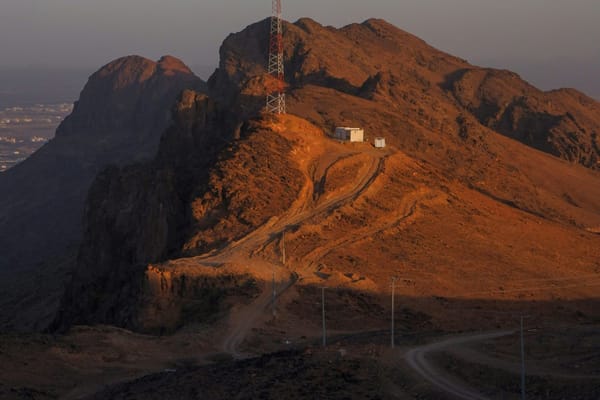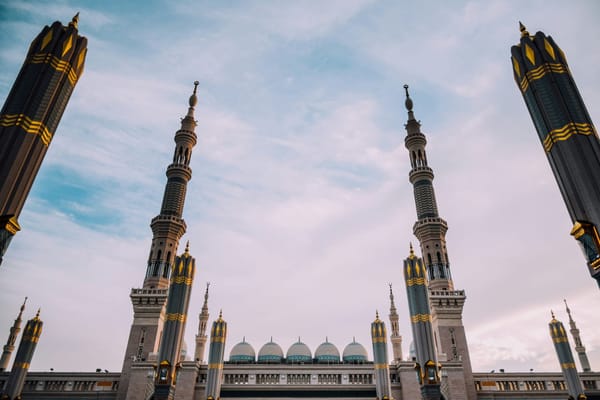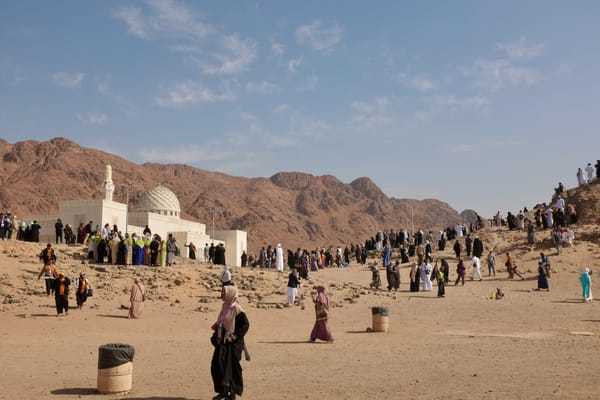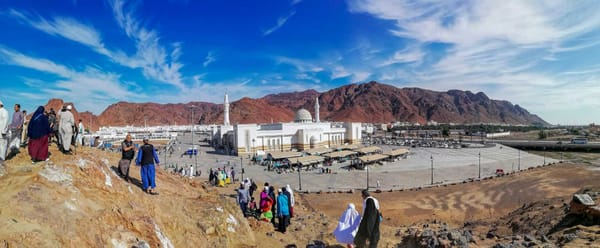Located just 4 kilometers north of Masjid-e-Nabawi in Madinah, Mount Uhud stands as a towering reminder of one of the most pivotal moments in Islamic history—the Battle of Uhud. This mountain witnessed deep sacrifice, strategic lessons, and a powerful test of obedience and faith for the early Muslim community.
Whether you're visiting for spiritual reflection or historical insight, Mount Uhud offers a profound connection to the struggles and triumphs of the Prophet Muhammad (ﷺ) and his companions. Many visitors encounter this sacred site while following the city’s heritage trail, included in routes like the Madinah Hop-On Hop-Off bus tour.
What Happened in the Battle of Uhud?
The Battle of Uhud took place in 625 CE (3 AH) between the Muslims of Madinah, led by Prophet Muhammad (ﷺ), and the Quraysh of Makkah, under the leadership of Abu Sufyan. It was the second major battle in Islamic history, following the Muslims’ victory at Badr a year earlier.
Key Events:
- The Quraysh marched to Madinah with an army of 3,000 men, seeking revenge for their defeat at Badr.
- Prophet Muhammad (ﷺ) led around 700 Muslim fighters to intercept them near Mount Uhud.
- Muslims gained early advantage due to strategic positioning and strong morale.
- However, a critical group of Muslim archers left their post on a hill (Jabal al-Rumah) to collect war spoils, despite the Prophet’s clear instructions to stay put.
- Seizing the opportunity, Khalid ibn al-Walid, a brilliant Meccan cavalry commander, launched a surprise rear attack.
- The Muslims were caught in a pincer movement, and many were killed, including Hamza ibn Abdul-Muttalib, the Prophet’s uncle.
The Prophet (ﷺ) was wounded in the battle, and rumors even spread that he had been killed. Eventually, the Quraysh retreated, not pursuing the Muslims into Madinah.
Who Won the Battle of Uhud?
There was no clear winner in the traditional military sense. The Quraysh failed to achieve their strategic objective of destroying the Muslim community in Madinah, and they withdrew without fully capitalizing on their moment of advantage.
However, for the Muslims, the battle was a painful setback, marked by disobedience, significant casualties, and a powerful spiritual lesson. It is often seen not just as a military event, but as a moral and faith-based trial.
How Many Muslims Were in the Battle of Uhud?
The Muslim army consisted of approximately 700 fighters. Initially, they were 1,000 strong, but around 300 men from the hypocrite faction, led by Abdullah ibn Ubayy, withdrew before the battle began.
This left a smaller, determined force—mostly from the Ansar (Helpers of Madinah) and the Muhajirun (early migrants from Makkah)—to defend Madinah and confront the larger Quraysh army.
How Many Kuffar Died in Battle of Uhud?
The Quraysh forces suffered around 22 to 30 casualties during the Battle of Uhud. This was significantly fewer than the losses they incurred at the Battle of Badr (where they lost over 70 men).
In contrast, the Muslims suffered heavier losses in this battle, with 70 companions martyred, including prominent figures like:
- Hamza ibn Abdul-Muttalib – The Prophet’s uncle and one of the most beloved companions
- Mus'ab ibn Umair – A young and eloquent companion who carried the standard of Islam in battle
These companions are buried at the Martyrs of Uhud Cemetery, located at the base of the mountain.
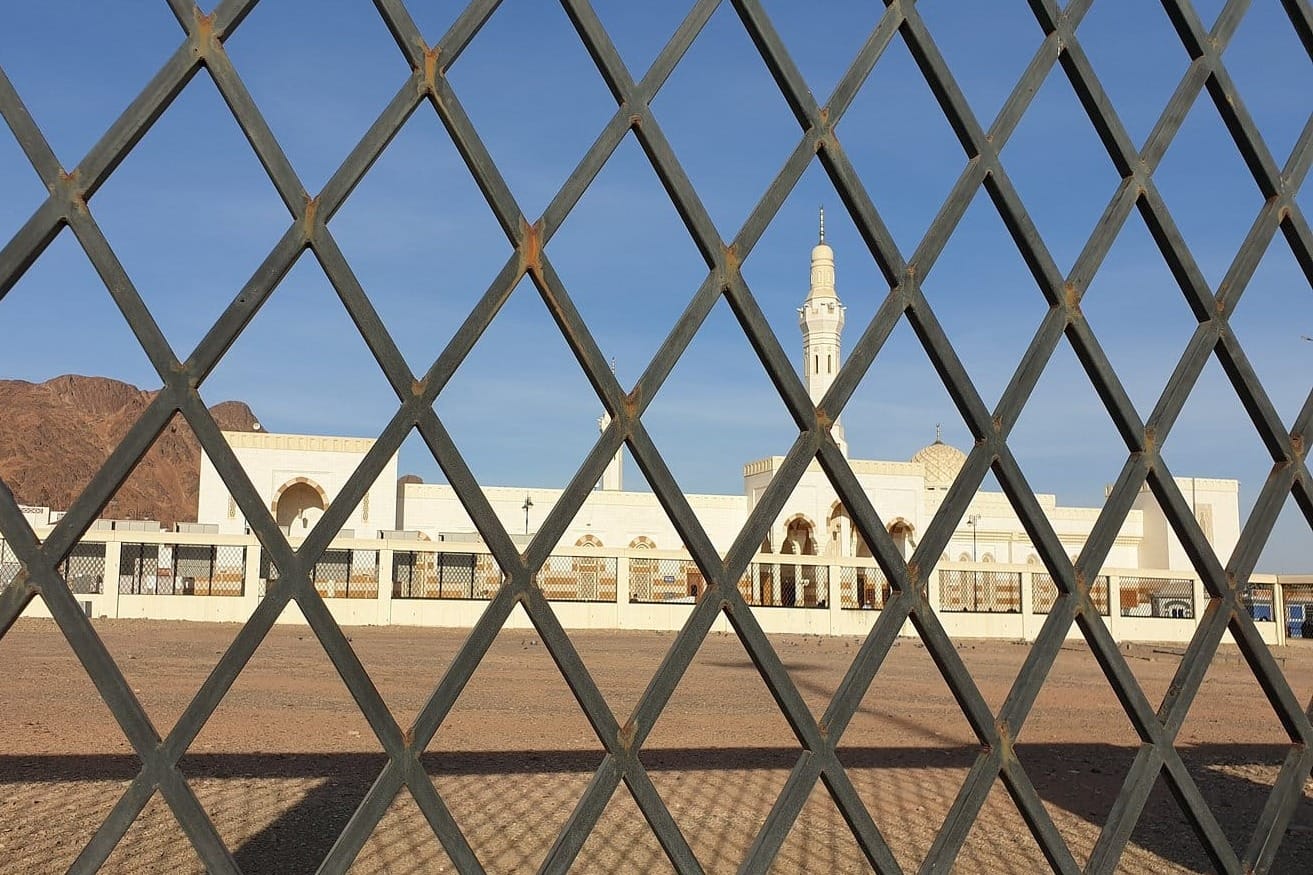
Visiting Mount Uhud Today
A visit to Mount Uhud is a moving experience, especially when paired with other Ziyarat locations. Here's what you can explore in the area:
1. Martyrs’ Cemetery (Maqbarat al-Shuhada)
Pay your respects at the resting place of 70 companions, including Hamza ibn Abdul-Muttalib.
2. Jabal al-Rumah (Archers’ Hill)
Stand on the very spot where Muslim archers were posted and reflect on the strategic and spiritual significance of their role in the battle.
3. Masjid Sayyid al-Shuhada
This mosque marks the Prophet’s encampment and serves as a solemn reminder of the battle's events.
Nearby Spiritual Landmarks in Madinah
A visit to Mount Uhud is often paired with other important Islamic landmarks:
Quba Mosque (Masjid Quba)
Just a short drive from Uhud, this is the first mosque in Islam, established by the Prophet (ﷺ) himself upon arriving in Madinah.
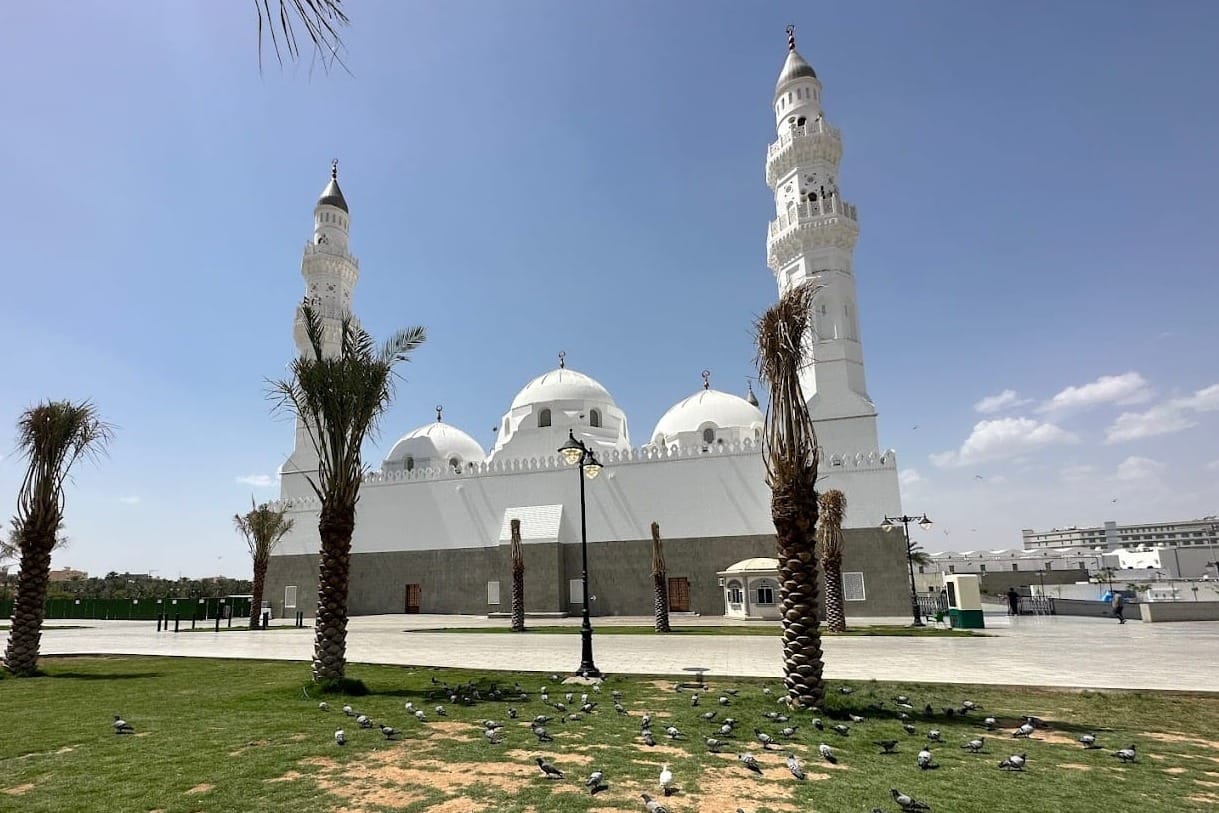
Masjid al-Qiblatayn
The mosque where the Qiblah (direction of prayer) was changed from Jerusalem to Makkah.
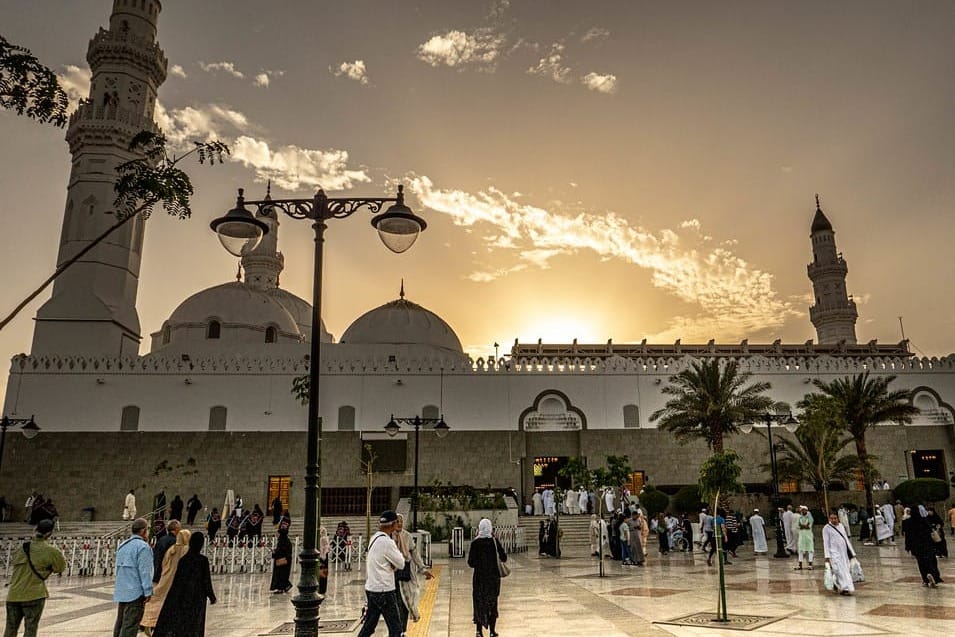
Masjid an-Nabawi (The Prophet’s Mosque)
One of the holiest sites in Islam and the final resting place of the Prophet Muhammad (ﷺ).
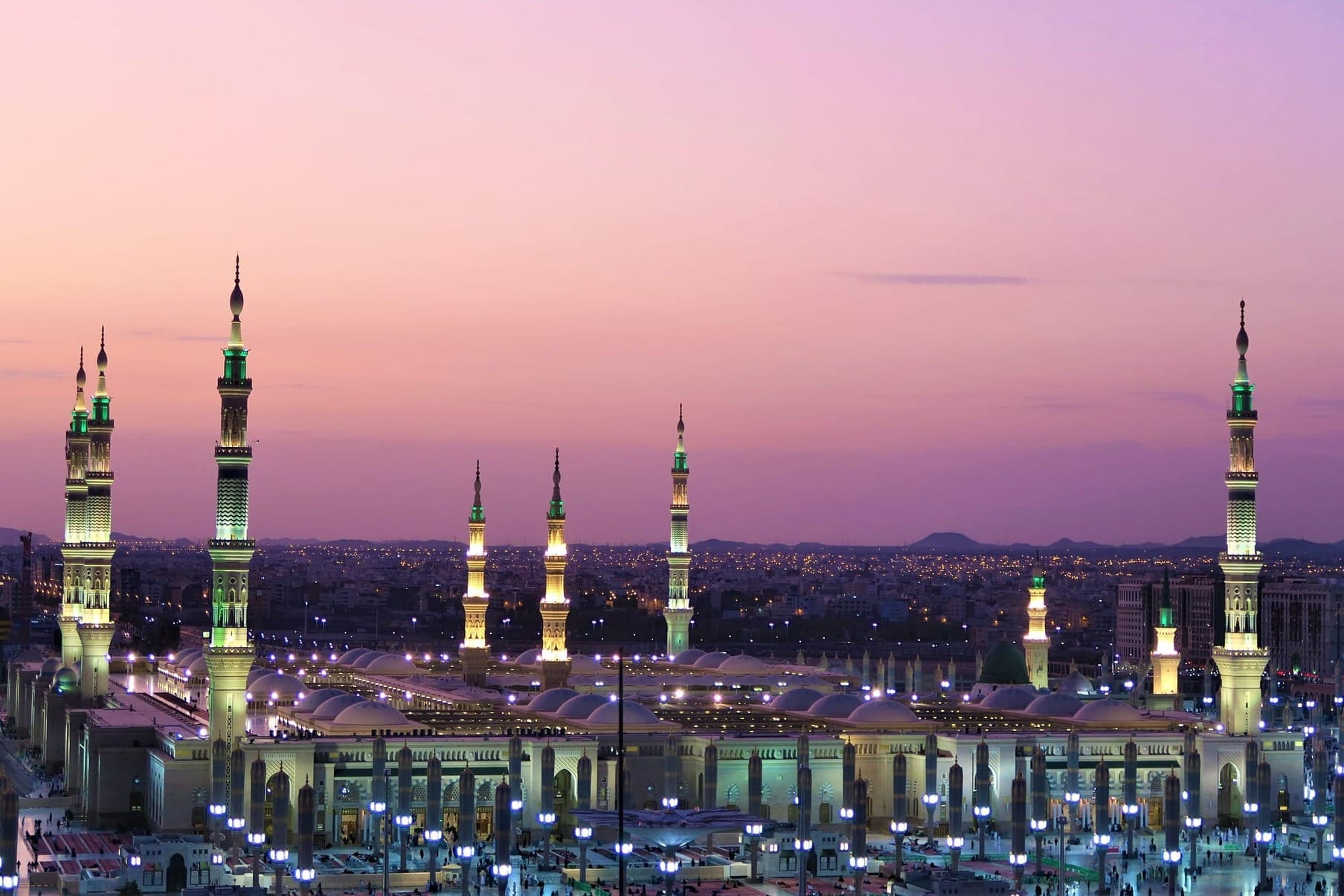
Tips for Visiting Mount Uhud
- Timing: Early mornings offer a cooler, quieter atmosphere.
- Dress respectfully: Wear modest clothing suitable for religious sites.
- Bring water & sun protection: Especially during warmer months.
- Be mindful of etiquette: This is a sacred site. Refrain from loud conversations and avoid climbing restricted areas.
Conclusion: A Mountain That Loves Us
As Prophet Muhammad (ﷺ) said, "Uhud is a mountain that loves us and we love it." Visiting Mount Uhud is more than a historical tour—it's a journey into the soul of early Islam. The lessons of unity, sacrifice, and faith continue to resonate with every visitor who walks among its stones and graves.
Whether you explore independently or hop aboard the Madinah Hop-On Hop-Off bus, Mount Uhud is an essential stop for anyone seeking to understand the spiritual heartbeat of Madinah.
May your journey through Madinah be filled with peace, reflection, and a deeper connection to its sacred history.

